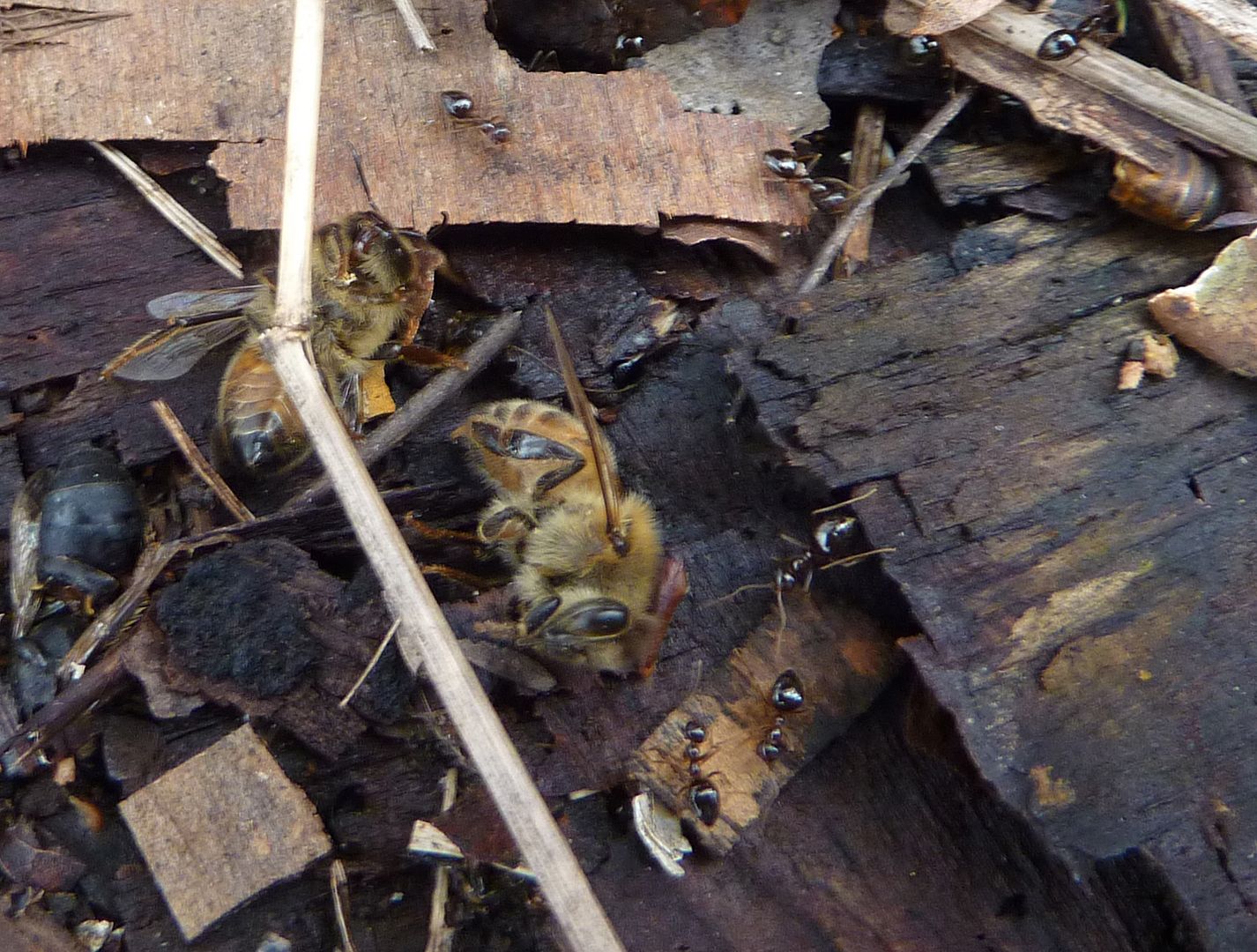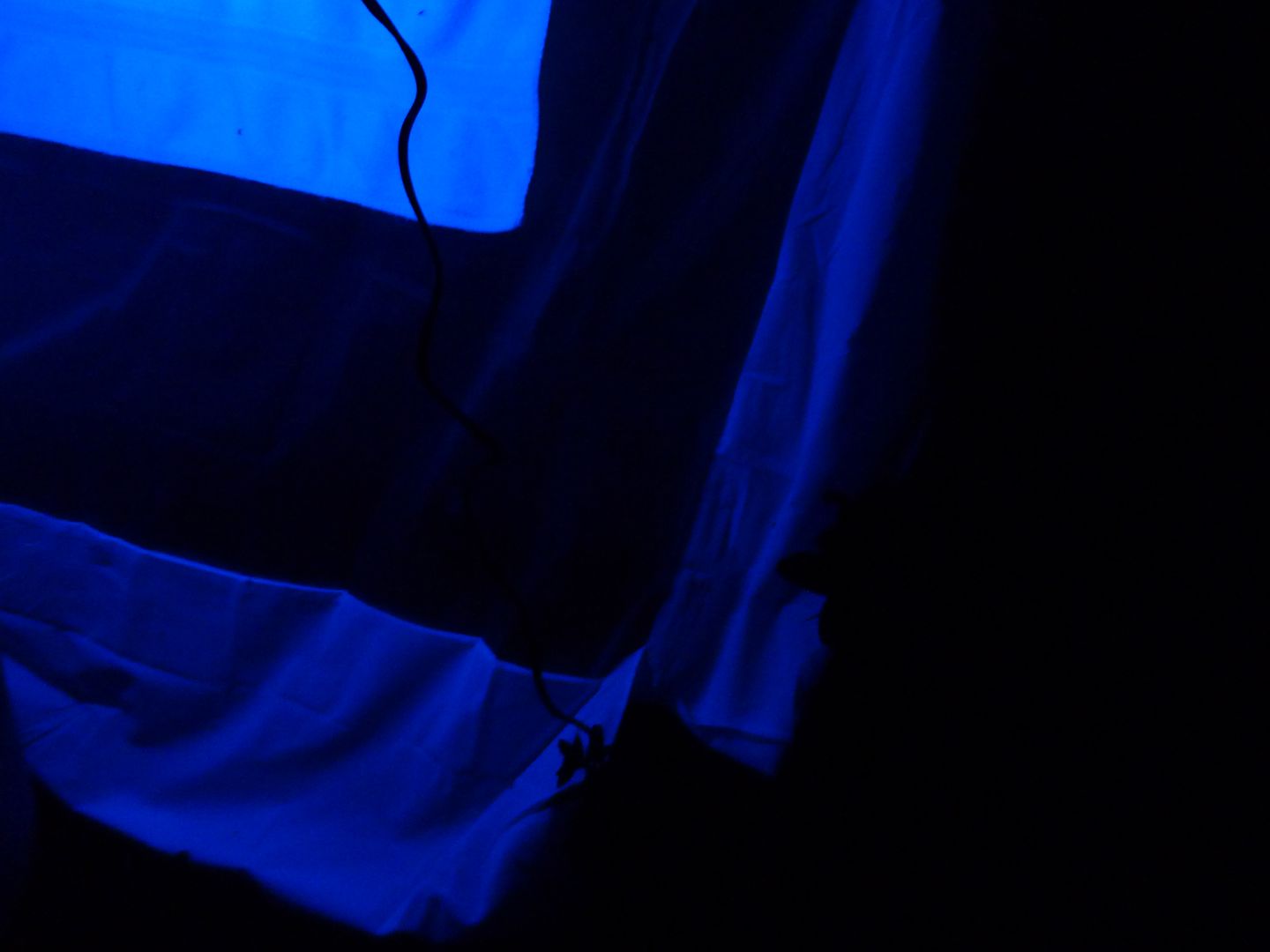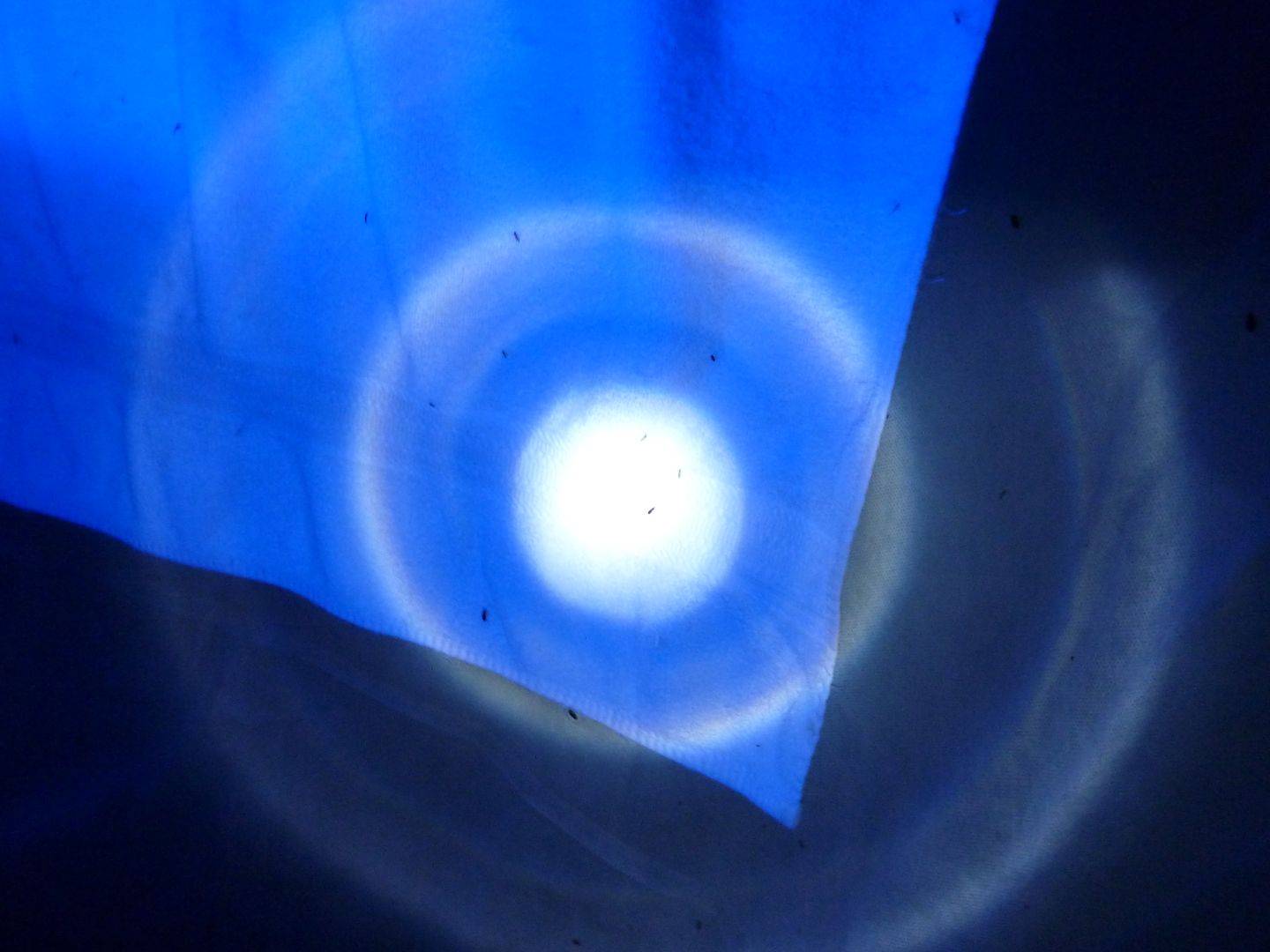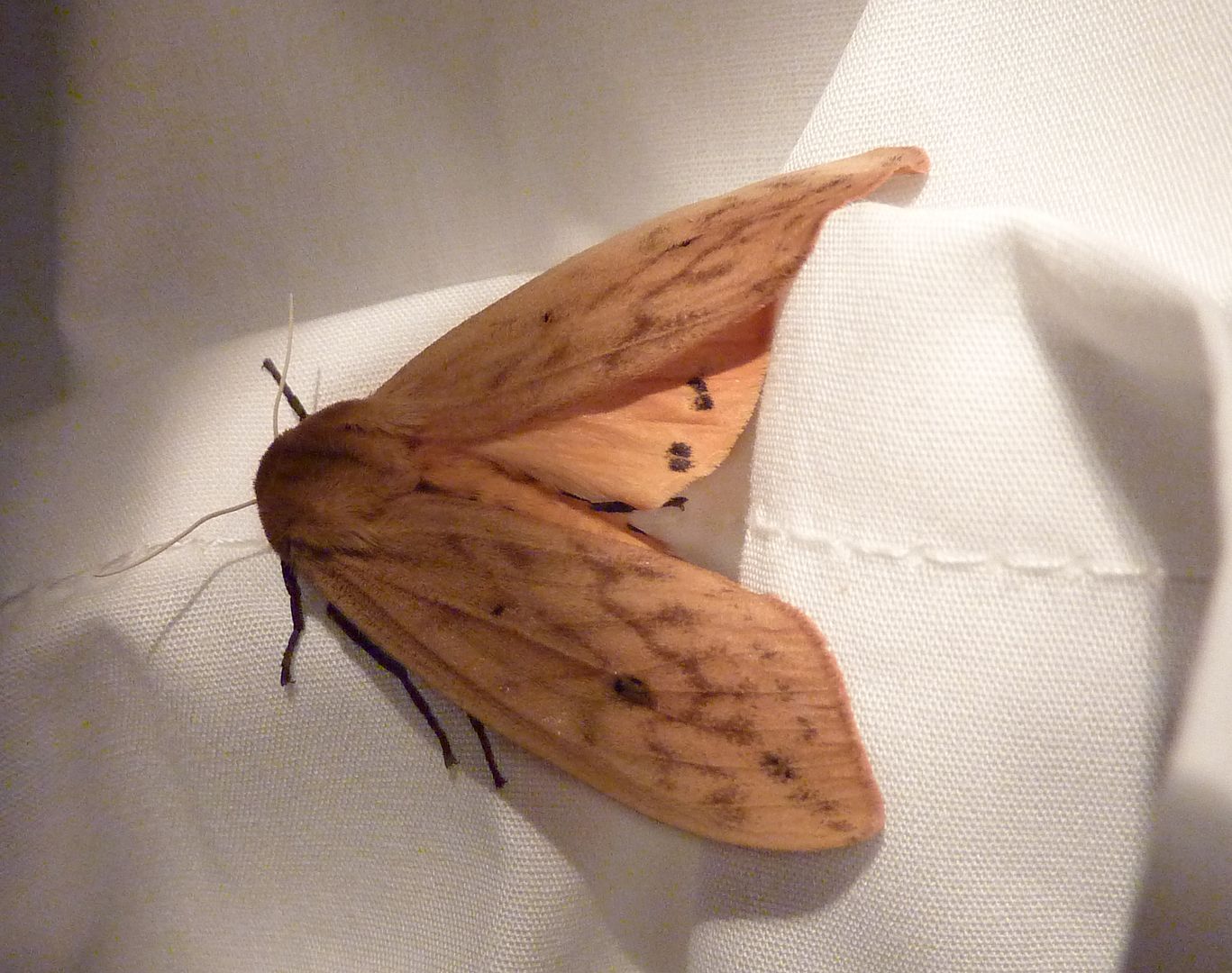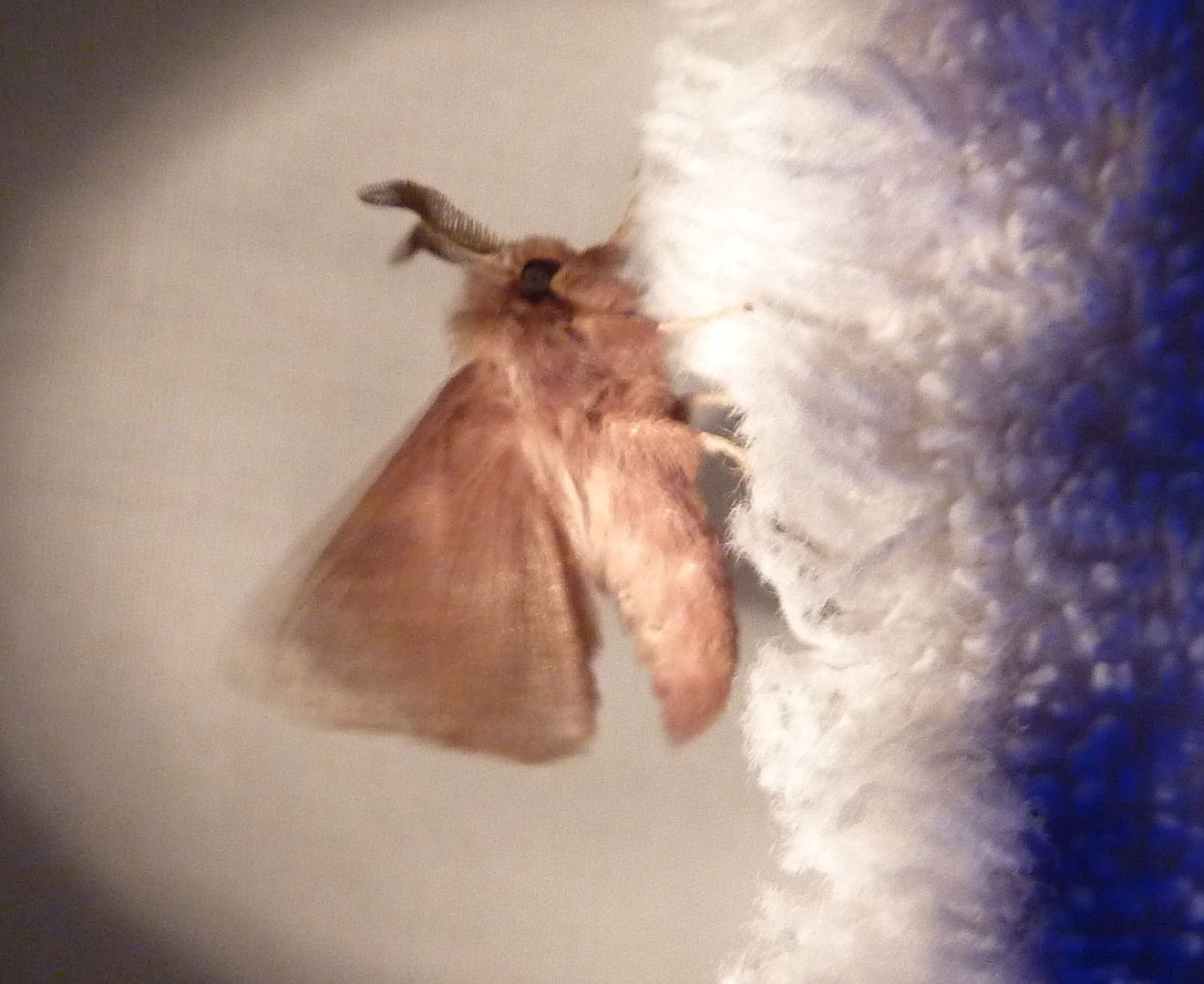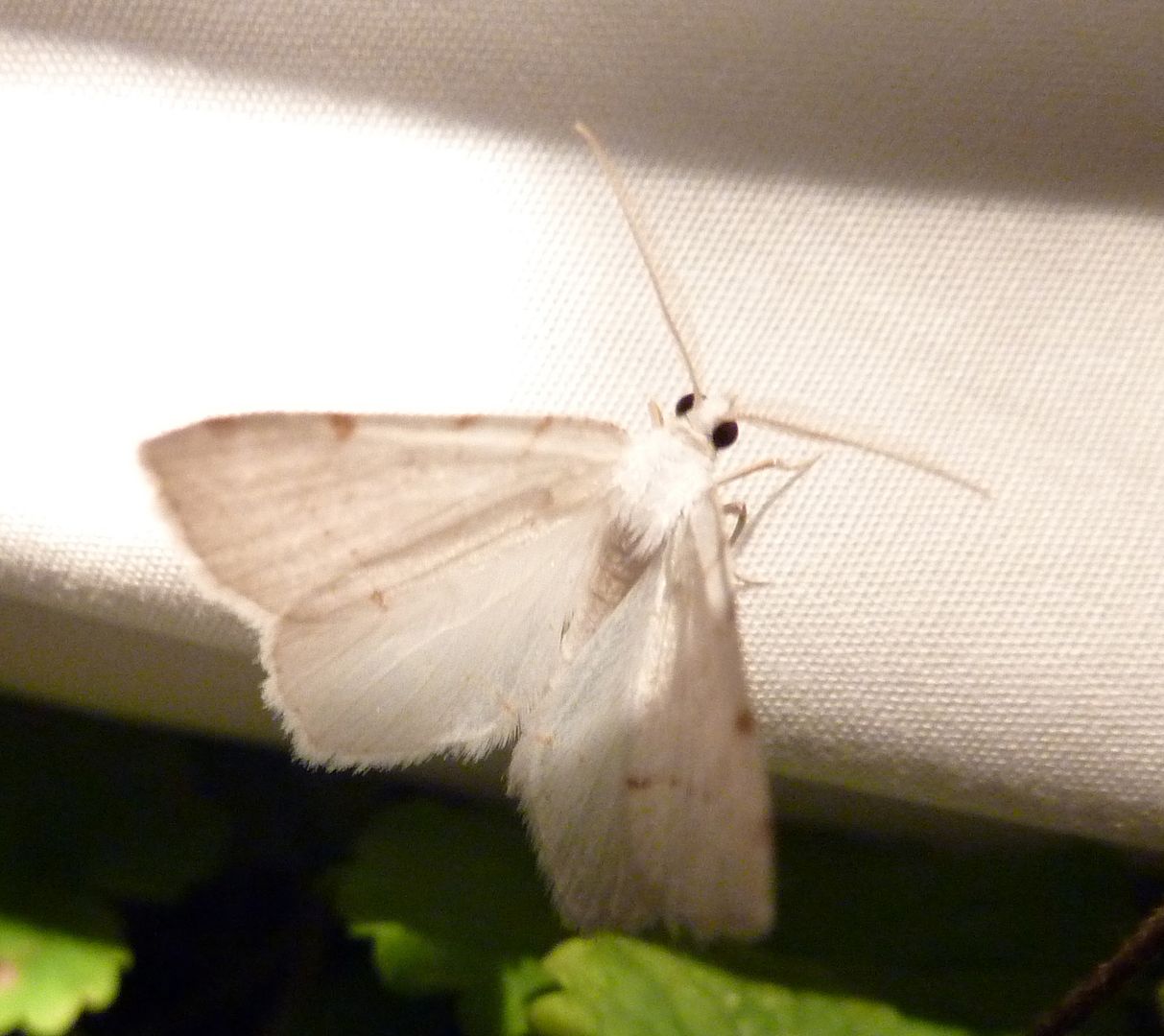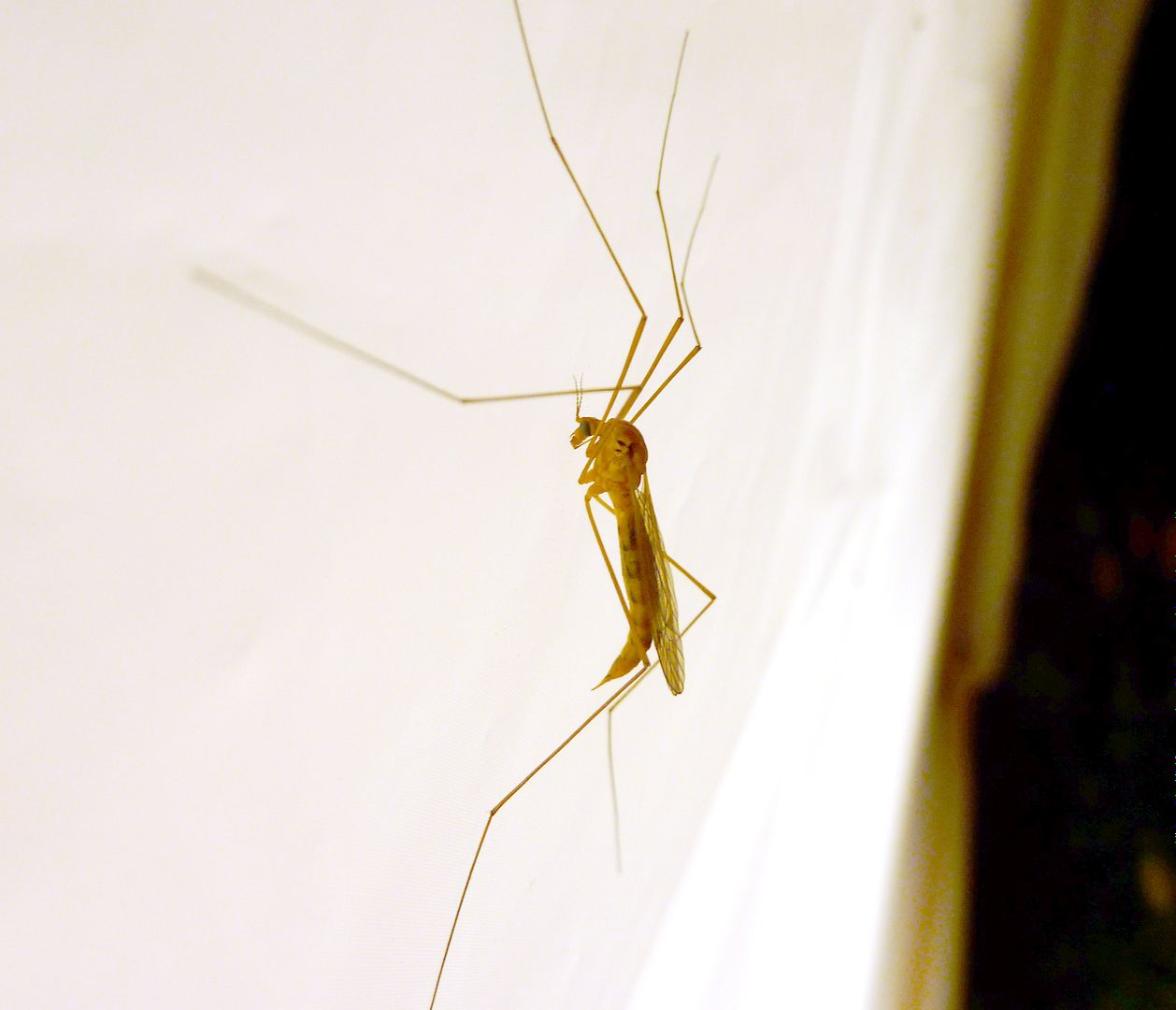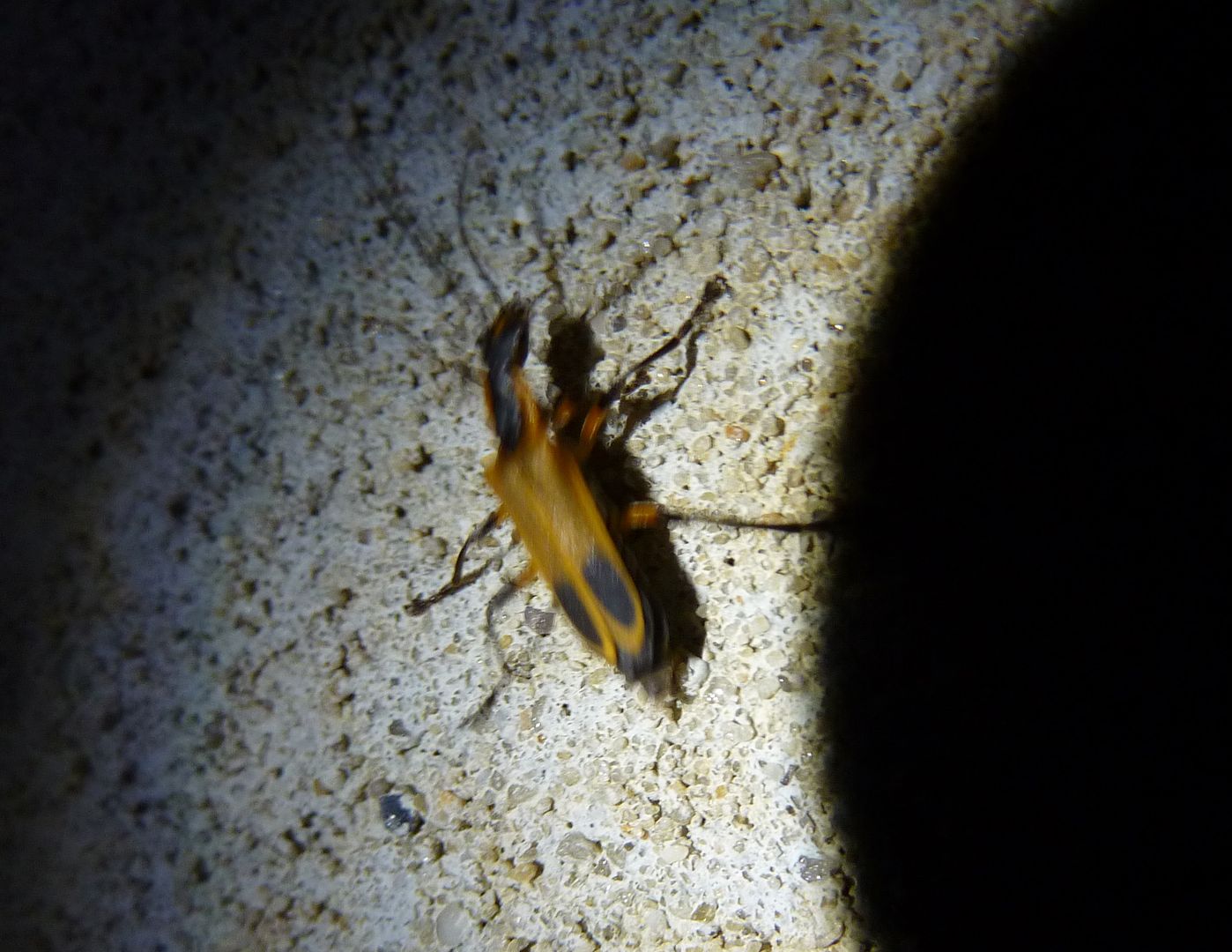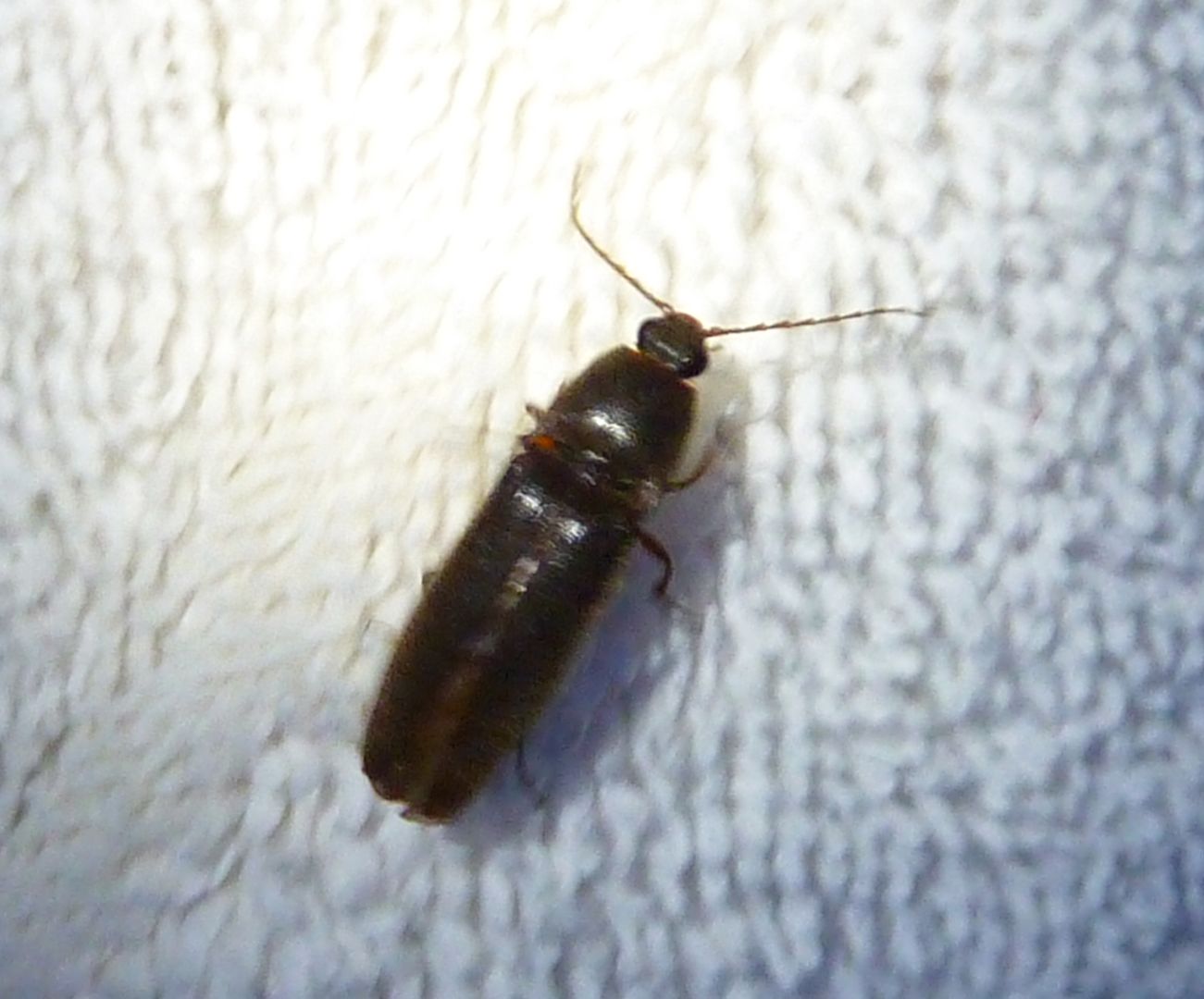Monday, February 28, 2011
Prenolepis imparis on a Bee Hive
I noticed some winter ants, Prenolepis imparis, scurrying about one of our beehives today and decided to film a brief inspection. Beekeepers I talk to always seem annoyed with ant entering the hive. To be honest I'd say almost all of the ant species in the US don't do any harm. Most of them just enjoy the environment in the hive attic and use it to incubate their brood. A few of the wood nesting species though can do some damage to the hive but it's nothing compared to normal ware and tear of the wood from prying it open constantly. There are a few tropical species of ants that will kill a beehive but nothing for the local beekeeper to be concerned with.
In this case the P. imparis workers were merely interested in nibbling at the propolis and bits of wax along the side. Ants use tree sap (propolis) as an antibacterial agent. They also have a fondness for the smell of honey I'm sure. I have never found P. imparis colonies to be more than a slight nuisance to my bee hives.
Below the entrance to another hive the ants were inspecting dead bees the hive was tossing out. A lot of worker bees die over the year and it's natural to remove them from the hive where they're cleaned up by an assortment of ants each spring.
I'm happy to say both my hives are alive and collecting pollen, probably from the maple trees that have just started blooming.
Monarch Migration
I know a few people who work at the Shaw Nature Preserve, though I've never met them in person. The internet is great at connecting people with similar interests.
Sunday, February 27, 2011
Friday, February 25, 2011
Justin Bieber's Hair = Money ... What?
Earlier this week on the Ellen Show, Justin Bieber was a guest and announced he was donating a lock of his hair to be auctioned off on E-Bay. 100% of the procedures go to fund a charity called "The Gentle Barn Foundation."
As of posting this the bids Here were up to $7,200.
Now I don't mean to criticize this, as I'm a fan of charity work. But, The Gentle Barn Foundation is self described as "Teaching people kindness and compassion to animals, each other and our planet," and their logo is a person feeding a cow by hand. So basically they're like a petting zoo. And I've found nothing on their website to suggest anything else.
Maybe they do work with special needs or something but I'm used to charities doing a little bit more than what this one does. Again that's not to say this is a bad thing, I'm just having trouble understanding how they're incapable of turning their own prophet. Do petting zoos turn a prophet?
So ... Justin Bieber's hair is raising money for this organization to ... help people hug cows? or something ... What?
As of posting this the bids Here were up to $7,200.
Now I don't mean to criticize this, as I'm a fan of charity work. But, The Gentle Barn Foundation is self described as "Teaching people kindness and compassion to animals, each other and our planet," and their logo is a person feeding a cow by hand. So basically they're like a petting zoo. And I've found nothing on their website to suggest anything else.
Maybe they do work with special needs or something but I'm used to charities doing a little bit more than what this one does. Again that's not to say this is a bad thing, I'm just having trouble understanding how they're incapable of turning their own prophet. Do petting zoos turn a prophet?
"Our goal is to make 100,000 hugs possible within the next year," said Jay Weiner, president of The Gentle Barn. "We want everyone in our community to feel the healing effects of hugging a cow."
So ... Justin Bieber's hair is raising money for this organization to ... help people hug cows? or something ... What?
Labels:
News
Tuesday, February 22, 2011
Friday, February 11, 2011
This Year's Plant List
So this year I plan to install another pollinator garden with a prairie theme to it. Some people call this a "pocket prairie" but it's really not a prairie unless grasses make up about 40% of the plants. I have a thing against grasses because most of them are wind pollinated. And that goes against the idea of a pollinator garden. One could stretch the definition if the grasses were host plants to moths or butterflies but I'm not going that rout. I much more favor forbs. To make up for the lack of grasses though I've included flowering plants that have a grass like look to them.
The site is full sun, the soil is heavy clay to more ordinary consistency, and dry as a bone over summer months. Native plants to the rescue.
The two main sources I usually buy from are Prairie Nursery and Prairie Moon Nursery. Prairie Moon has a larger selection and even provides some non-prairie plants. Last year they have great prices but this year I think Prairie Nursery is the way to go. I found they had cheaper prices though I'm not sure why. I'm sure it has to do with demand and the need to move stock around.
Prairie Nursery is selling Purple Prairie Clover for just $2.99 a plant until February 13rd. I took advantage of this deal for no particular reason. I like how purple prairie clover looks but I never really felt the need to guy it until now.
Tradescantia occidentalis, aka Prairie Spiderwort, aka Western Spiderword, which is surprisingly native to New Jersey, will hopefully add a grass like feel to the garden. Honey bees love the flowers too. A slight issue is the flowers to Spiderwords are only open in the day time. It's not really an issue though it's just something to consider.
Polemonium reptans, Jacob's Ladder, will hopefully be a nice early blooming ground cover. I notice this plant grows in both full sun and full shade so hopefully it will bloom before everything else, and then not mind getting shaded out by all the taller plants. I'm told honey bees love them too. I just don't think they'll bloom the first year.
Coreopsis palmata This is a rhizome spreading plant and that scares me a little bit. But I'm hoping the soil is clay-like enough that it doesn't spread out of control.
Solidago speciosa This is another rhizome spreading plant that I'll have to keep an eye on. Hopefully the clay soil slows it's spreading down. Opinions on the internet about how aggressive this plant is vary greatly. Some people say it's aggressive while others don't mention this at all. For a plant called Showy Goldenrod I'd hope it would live up to it's name. Not sure what's going on here.
Aster laevis This blooms at the same time as Solidago speciosa. The flower colors will hopefully contrast one another. They get to be the same height too. I think the goldenrod blooms more heavily so I've balanced the plants out some.
Echinacea paradoxa, This is a yellow flowering coneflower. I'm mixing these with Rudbeckia fulgida from Prairie Moon Nursery. The idea is have one plant to replace the other. Rudbeckia typically need sunlight to germinate so eventually the other plants could shade them out. Coneflowers can take a while to really get going. From seed they take about three years to start flowering, and don't even flower that well until year five.
Baptisia australis
I already own one of these but it's never flowered. The odd leaf shape will mix up the flowery carpet created by other plants and hopefully they'll contribute blooms of their own.
Asclepias sullivantii
Just one. This is a tall milkweed supposidly like Common Milkweed. The flowers are typically pinker too. I read it doesn't spread as aggressively either. This plant might be a challenge as it doesn't like to be too dry. I'm hoping this plant will be an accent point as it towers over the lower growing plants.
Prairie Moon Nursery
Asclepias tuberosa Prairie Nursery sells these for a cheaper prices unless you use Prairie Moon's Mix and Match Tray option where they round out to a few cents cheaper. I've always wanted the orange form of this plant. I have the yellow and love the bee activity it gets. Their orange flowers will break up the mostly yellow monotony of the coneflower and make the bright pink of the A. sullivantii stand out more.
Rudbeckia fulgida I'm going for lots of these. I think they're a more perennial version of the traditional Black Eye'd Susan. I believe their seeds require light in order to germinate so this might be a species that eventually vanishes unless there's bare soil available.
Aster azureus This is another one that should go well with the goldenrod. Also offered as a mix and match.
Aster oblongifolius
Not a mix and match but also not sold by Prairie Nursery. I've seen this Aster in person at the Mt. Cuba Center and loved it. It has a natural low growing dome shape. It blooms later than most Goldenrods and other Aster. And should make a nice boarder for a side of the garden.
From Plant Delight Nursery
Amsonia ciliata. This is another early spring flowering plant with lots of fall foliage too. I'm told the flowers are larger and more showy than Arkansas Bluestar but it has a similar Pine-Like leaf to it. Other Amsonia species have thicker, more normal looking, leaves. So going with the thin leafed plants breaks up the foliage. What I'm afraid of is how dense it seems to get. They really turn into small 3 by 3' shrubs. I'm not sure they'll play nice with all the other plants in a dense situation. I wish there were pictures online of this plant growing in the wild but no one seems to care unless it's flowering.
From Mulberry Woods Native Plant Nursery
Coreopsis tripteris And at a reasonable price too! I know it's a 4" pot but this is a plant known to get 6 to 10' tall. Normally these big perennials cost more but I'm not complaining. Other online stores selling this plant seem to be in Canada and demand the proper importation paper work be filled out. I find that silly because this plant is native to the US as well. What's alarming though is that the nursery I did buy from is located in Alaska. Could someone more on the main land please sell this plant!
Annoyingly enough there is a cultivar of Tall Coreopsis commonly sold. It has gold leaves and I feel it's an abomination somehow as they match the flowers.
The site is full sun, the soil is heavy clay to more ordinary consistency, and dry as a bone over summer months. Native plants to the rescue.
The two main sources I usually buy from are Prairie Nursery and Prairie Moon Nursery. Prairie Moon has a larger selection and even provides some non-prairie plants. Last year they have great prices but this year I think Prairie Nursery is the way to go. I found they had cheaper prices though I'm not sure why. I'm sure it has to do with demand and the need to move stock around.
Prairie Nursery is selling Purple Prairie Clover for just $2.99 a plant until February 13rd. I took advantage of this deal for no particular reason. I like how purple prairie clover looks but I never really felt the need to guy it until now.
Tradescantia occidentalis, aka Prairie Spiderwort, aka Western Spiderword, which is surprisingly native to New Jersey, will hopefully add a grass like feel to the garden. Honey bees love the flowers too. A slight issue is the flowers to Spiderwords are only open in the day time. It's not really an issue though it's just something to consider.
Polemonium reptans, Jacob's Ladder, will hopefully be a nice early blooming ground cover. I notice this plant grows in both full sun and full shade so hopefully it will bloom before everything else, and then not mind getting shaded out by all the taller plants. I'm told honey bees love them too. I just don't think they'll bloom the first year.
Coreopsis palmata This is a rhizome spreading plant and that scares me a little bit. But I'm hoping the soil is clay-like enough that it doesn't spread out of control.
Solidago speciosa This is another rhizome spreading plant that I'll have to keep an eye on. Hopefully the clay soil slows it's spreading down. Opinions on the internet about how aggressive this plant is vary greatly. Some people say it's aggressive while others don't mention this at all. For a plant called Showy Goldenrod I'd hope it would live up to it's name. Not sure what's going on here.
Aster laevis This blooms at the same time as Solidago speciosa. The flower colors will hopefully contrast one another. They get to be the same height too. I think the goldenrod blooms more heavily so I've balanced the plants out some.
Echinacea paradoxa, This is a yellow flowering coneflower. I'm mixing these with Rudbeckia fulgida from Prairie Moon Nursery. The idea is have one plant to replace the other. Rudbeckia typically need sunlight to germinate so eventually the other plants could shade them out. Coneflowers can take a while to really get going. From seed they take about three years to start flowering, and don't even flower that well until year five.
Baptisia australis
I already own one of these but it's never flowered. The odd leaf shape will mix up the flowery carpet created by other plants and hopefully they'll contribute blooms of their own.
Asclepias sullivantii
Just one. This is a tall milkweed supposidly like Common Milkweed. The flowers are typically pinker too. I read it doesn't spread as aggressively either. This plant might be a challenge as it doesn't like to be too dry. I'm hoping this plant will be an accent point as it towers over the lower growing plants.
Prairie Moon Nursery
Asclepias tuberosa Prairie Nursery sells these for a cheaper prices unless you use Prairie Moon's Mix and Match Tray option where they round out to a few cents cheaper. I've always wanted the orange form of this plant. I have the yellow and love the bee activity it gets. Their orange flowers will break up the mostly yellow monotony of the coneflower and make the bright pink of the A. sullivantii stand out more.
Rudbeckia fulgida I'm going for lots of these. I think they're a more perennial version of the traditional Black Eye'd Susan. I believe their seeds require light in order to germinate so this might be a species that eventually vanishes unless there's bare soil available.
Aster azureus This is another one that should go well with the goldenrod. Also offered as a mix and match.
Aster oblongifolius
Not a mix and match but also not sold by Prairie Nursery. I've seen this Aster in person at the Mt. Cuba Center and loved it. It has a natural low growing dome shape. It blooms later than most Goldenrods and other Aster. And should make a nice boarder for a side of the garden.
From Plant Delight Nursery
Amsonia ciliata. This is another early spring flowering plant with lots of fall foliage too. I'm told the flowers are larger and more showy than Arkansas Bluestar but it has a similar Pine-Like leaf to it. Other Amsonia species have thicker, more normal looking, leaves. So going with the thin leafed plants breaks up the foliage. What I'm afraid of is how dense it seems to get. They really turn into small 3 by 3' shrubs. I'm not sure they'll play nice with all the other plants in a dense situation. I wish there were pictures online of this plant growing in the wild but no one seems to care unless it's flowering.
From Mulberry Woods Native Plant Nursery
Coreopsis tripteris And at a reasonable price too! I know it's a 4" pot but this is a plant known to get 6 to 10' tall. Normally these big perennials cost more but I'm not complaining. Other online stores selling this plant seem to be in Canada and demand the proper importation paper work be filled out. I find that silly because this plant is native to the US as well. What's alarming though is that the nursery I did buy from is located in Alaska. Could someone more on the main land please sell this plant!
Annoyingly enough there is a cultivar of Tall Coreopsis commonly sold. It has gold leaves and I feel it's an abomination somehow as they match the flowers.
Thursday, February 10, 2011
Monday, February 7, 2011
Sunday, February 6, 2011
Saturday, February 5, 2011
Early Spring Wildflower Videos
These are some of my favorite plants. They flower at a time of year most would consider insanely early. Some can be found blooming while there is still snow melting on the ground. They flower when bees might not even be awake or abundant and yet they do it anyway. They demonstrate that pollination doesn't require a beehive to happen. Many of the flowers probably aren't visited more than a dozen times and seeing bees working them is an uncommon sight. These are the tulips and daffodils of North America and it's insulting that almost no one plants let along recognizes them.
These videos are brought to you by SeaOtterSoup's youtube channel. I hope to contribute some of my own this spring.
Labels:
flowers,
native,
Nature,
Video,
Wildflowers
Tuesday, February 1, 2011
Failed Attempts at Entomology
Over this past year I was hoping to enthrall readers with a how to in regard to black lighting for insects. My target audience though was going to be ants so I never got around to posting the info. Well after I'd made the thing I found that I wasn't getting any ants, where as in years past doing this in small scale I'd been able to get lots of ants, so clearly I must have been doing something wrong and that's why I never got around to posting this. Well it turns out there are two kinds of black lights and my larger setup used a weaker of the two despite being several feet longer. Hopefully I'll be able to fix this next year.
So here is my setup, illuminated with a spot light for photo reasons. Black lights don't illuminate well.
I experimented some with fabrics. All of these are white! But some don't illuminate well to a black light. However! Even the one that barely illuminated at all in the middle attracted insects. It has nothing to do weather or not the fabric glows, just so long as the light hits it. I was attracting the same general types of insects with everything.
As a side note I was completely disgusted to find my black light was illuminating "stains" on the sheets despite having never been used and coming from right out of the bag! I bought these at K-Mart and am hoping that's just a symptom of factory chemicals.
No idea which moth this is but I really like how smooth looking the wings are.
Moth
White Moth
Crain Fly. Might be a Giant Crain Fly. Not sure what the criteria is.
Midges.
Chinavia sp.
Soldier Beetle of some kind.
Ground nesting cockroach?
Lightning Bug in the spot light. Actually I think this mimicking a lightning bug.
Looks like a click bug.
Not sure what this is.
So those were the highlights of one year of doing this. I had it set up more than 6 times over the summer, always a day or two after it had just rained. Considering the high humidity I should have gotten more. And that's why this is a failure at Entomology. So at some point this year I'll hopefully buy a better light and have more to report back with.
So here is my setup, illuminated with a spot light for photo reasons. Black lights don't illuminate well.
I experimented some with fabrics. All of these are white! But some don't illuminate well to a black light. However! Even the one that barely illuminated at all in the middle attracted insects. It has nothing to do weather or not the fabric glows, just so long as the light hits it. I was attracting the same general types of insects with everything.
As a side note I was completely disgusted to find my black light was illuminating "stains" on the sheets despite having never been used and coming from right out of the bag! I bought these at K-Mart and am hoping that's just a symptom of factory chemicals.
Insects showed up best on the whiter ones so I mostly used those.
Moth
White Moth
Crain Fly. Might be a Giant Crain Fly. Not sure what the criteria is.
Midges.
Chinavia sp.
Soldier Beetle of some kind.
Ground nesting cockroach?
Lightning Bug in the spot light. Actually I think this mimicking a lightning bug.
Looks like a click bug.
Not sure what this is.
So those were the highlights of one year of doing this. I had it set up more than 6 times over the summer, always a day or two after it had just rained. Considering the high humidity I should have gotten more. And that's why this is a failure at Entomology. So at some point this year I'll hopefully buy a better light and have more to report back with.
Subscribe to:
Posts (Atom)
